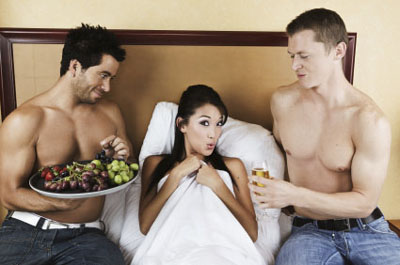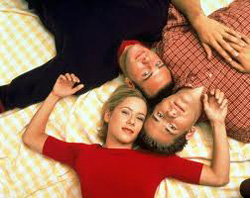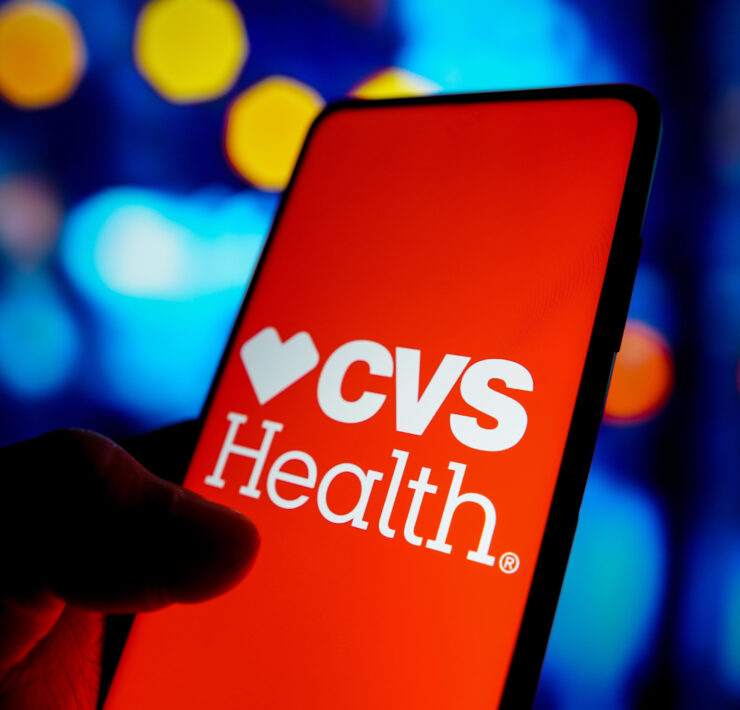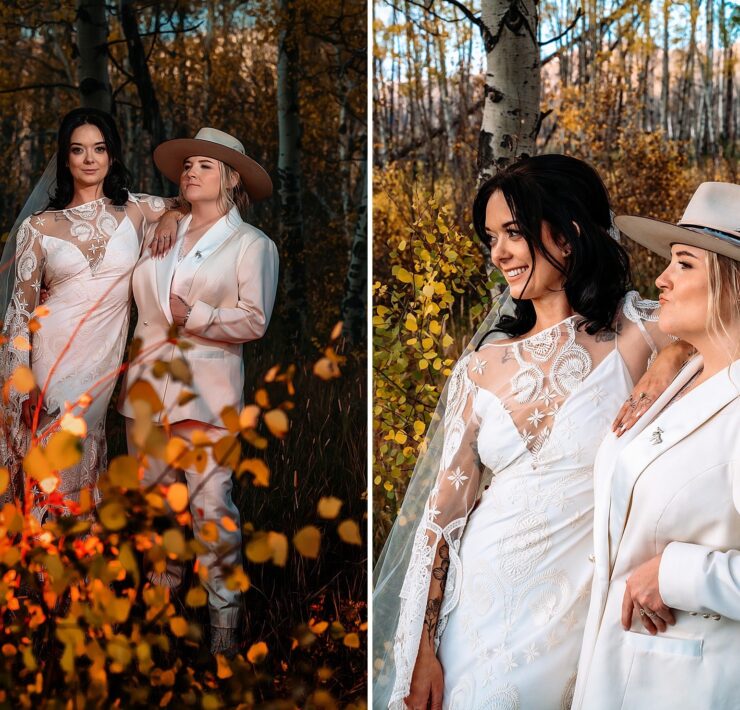Being bi: Life in the middle of the spectrum

Lauren is a marketing and social media coordinator for a…
A day is a string of choices – from the moment we wake up in the morning to the minute our head hits the pillow. Whether we’re willing to wake up an hour early to squeeze in an early workout, whether to put cream in our coffee, whether to drop a few quarters for a newspaper on our way to work – all choices, and that’s just the beginning.
When it comes to our sexuality, however, it isn’t always necessary to make a choice. We don’t have to label ourselves gay or straight; it’s OK to be in the center of the spectrum.
It’s getting more acceptable to be bisexual today. There was a time when bisexuality was shunned even by many in the LGBT community: It was acceptable to be gay, and it was acceptable to be straight, but those who fell somewhere in between were called noncommittal, or greedy.
In the 1940s, Indiana University professor and sexologist Alfred Kinsey devised a scale for the sexual preference of men and women. On the famously-dubbed “Kinsey Scale,” 0 is completely heterosexual and 6 is completely homosexual. Controversially, Kinsey reported that there were as many men and women reporting an even “3” than reporting as exclusively homosexual.

But we no longer live in a “Kinsey” society, and we don’t have to define ourselves according to a scale. A number does not determine our sexuality, and we are finding ways in which we can be who we really are.
Despite the increasing general acceptance of people within the LGBT community, there are still folks that disagree with the notion of being bisexual.
“I think it’s selfish,” said Austin Nunn, a gay man who has lived in Denver for the past five years. “I don’t think it’s fair that some people can have both [males and females.]”
But despite the skepticism from those who say we can’t enjoy the soft skin of a woman and then be in the arms of a man the next day, there are still many voices that are standing up in their pride of bisexuality; those who continue to say it’s OK to be in the middle of the spectrum. The LGBT community knows firsthand what it’s like to live outside the constraints of a label or box.
“You can’t help who you’re attracted to,” said Mandy Moran, a 22-year-old student from Littleton who identifies as bisexual herself. “Why is it a bad thing if you like boys and girls? Where’s the rule that says you have to choose one or the other? I don’t understand why that has to be ridiculed or judged.”
The ridicule comes from the old stereotype that bisexual men and women are either ultimately confused, or closeted homosexuals, afraid of making the full jump.
“People that call themselves bisexual usually turn out to be gay after some point,” Nunn said. “It’s just easier to come out of the closet and say you’re bi.”
That hypothesis has been tested – notably by Northwestern University last year. In the summer of 2011, researcher Allen Rosenthal led a study of self-described bisexual individuals in Chicago, testing sexual responses in the most intimate of ways – attaching a sensor to monitor erectile responses of volunteers’ genitals – while showing the volunteers erotic images of men and women. The arousal measure suggested bisexuality wasn’t just a form of confusion – they were responding quite, ahem, physically, to both sexes.
It challenged a much more controversial finding from 2005 at the same school, when, in the former study, researchers failed to find physical evidence of pure bisexuality among the male volunteers. The study and its methodology quickly came under fire; many argued its method of recruiting test subjects was sloppy, or pointed out that just because researchers can’t spot something during one study doesn’t mean it doesn’t exist. The 2011 study used a stricter screen of volunteers and found strong evidence of bisexuality in the subsequent tests.
Regardless of the affirming findings, the thought of measuring bisexuality through hours of research and countless tests still enrages some in the bisexual community. People who know their own attractions aren’t 100 percent straight or 100 percent gay might struggle to understand why their existence, or integrity, must be under continuing scrutiny.
Ellyn Ruthstrom, president of the Bisexual Resource Center in Boston, recently told the New York Times that “researchers want to fit ‘bi’ attraction into a little box – you have to be exactly the same, attracted to men and women, and you’re bisexual. That’s nonsense. What I love is that people express their bisexuality in so many different ways.”
Colton Fitzwilliam, a 21-year-old student at the University of Colorado who identifies as bisexual, said he doesn’t believe that he needs to definitively put any sort of label on himself, and he doesn’t need to make a choice to jump to either side of the spectrum.
“I don’t believe in loving gender,” Fitzwilliam said. “I believe in loving the person whether I fall in love with a male or a female. And that doesn’t involve any sort of research or decision making.”
So for some of us, we carry through a day of choices – paper or plastic, nonfat or two percent – and a lifelong commitment to date males or females isn’t one of them. Perhaps we’ve realized that if we have a wide range of sexual attraction, we don’t need to make a definitive decision on which we’ll think about or or who we could love. We can have the same intentions and confidence of who we are in the gray areas.
“Life isn’t black and white,” Fitzwilliam said. “I don’t see why sexuality should have to be one or the other, either.”
What's Your Reaction?
Lauren is a marketing and social media coordinator for a Denver nonprofit. In her spare time she enjoys writing feature articles for Out Front, as well as blogging about breaking news and local and national LGBT happenings.










